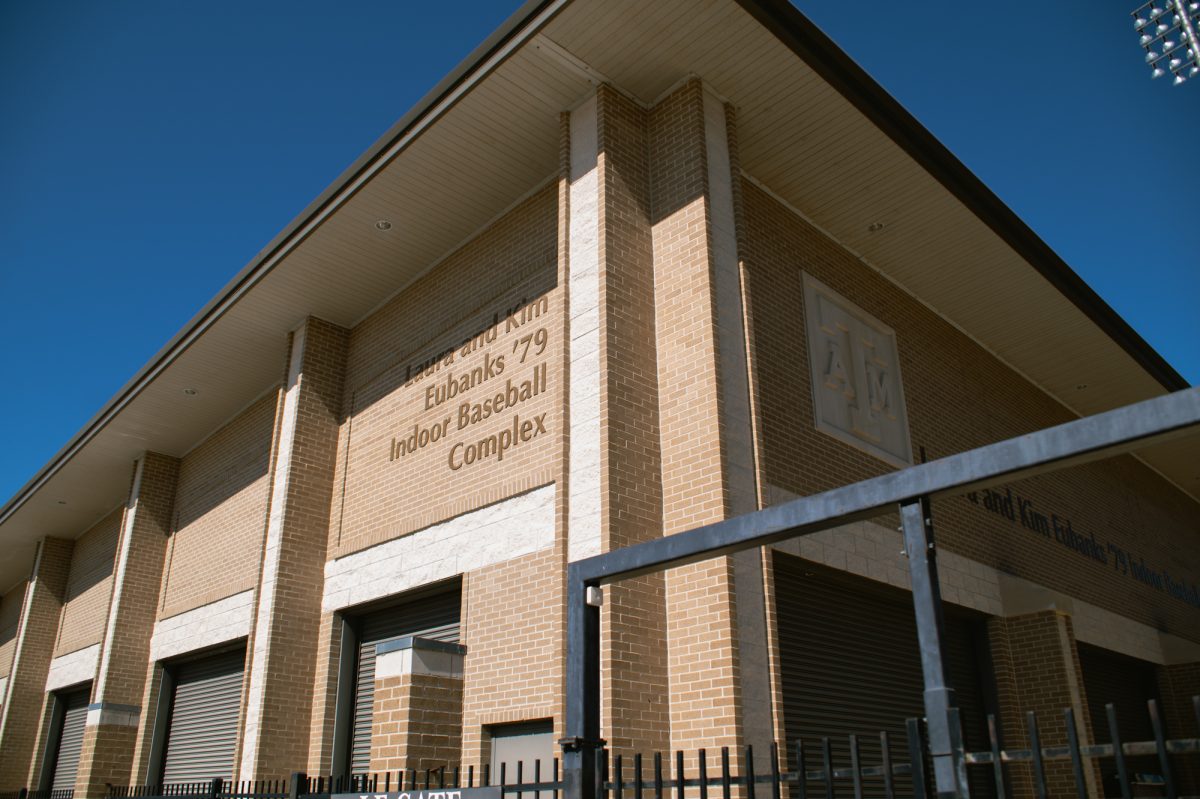Nine years ago former A&M President Ray Bowen presented the Vision 2020, a plan centered around the goal of achieving a Top 10 public university ranking. Since then, A&M has undergone dramatic changes in the effort to meet this goal. Many of our University’s technical science programs currently rank higher than other American research-oriented universities.
However, A&M’s liberal arts program has been left in the shadow of its sister departments, science and engineering.
If President Elsa Murano and the current administration plan to strengthen the liberal arts program as Vision 2020 mandates and reach Top 10 status, they had better focus on creating a more innovative atmosphere that attracts competitive high-school seniors and scholars interested in nonscience related fields. If ranking is all that matters to create change, take note: A&M will never hold a seat beside Texas or University of California Berkeley without equally strengthening every department and creating a well-rounded curriculum for all studies.
While the engineering and science departments reside in their shining, newly constructed edifices, the English department inhabits the decrepit Blocker. It’s a place that is reminiscent of the Richard Nixon era and needs a face lift desperately. The rest of the liberal arts buildings, excluding the George H.W. Bush monument to political science, live in similarly ancient structures.
While some Aggies are required to take one or two composition classes during their four years at A&M, many students test out of core liberal arts classes in their freshman year and graduate without faintly realizing the importance of writing.
Students majoring or enrolled in a liberal arts curriculum sit in classes of 30 to 40, listening to the professor lecture. Pupils would benefit more in smaller classes, where they would be under more pressure to participate rather than “Facebook” on their laptops in impersonal lecture halls.
Considering the amount of hours an Aggie takes each semester to receive their diploma, the idea of requiring yet more courses unrelated to their major may appear ludicrous. This premise is a legitimate argument. Why should science students spend their hard earned money to understand Hemmingway, Voltaire or sociological theories when they could be taking additional Statistic courses and gaining experience for the workforce?
Learning about English, philosophy, history, politics and other liberal arts majors isn’t about hookah stations and poetry sessions. These studies provide priceless skills many students lack, the ability to create, to analyze and to think holistically. In the sciences, the constant regurgitation of information leaves little time for the students to think abstractly.
Albert Einstein, an avid scholar of both arts and sciences, famously said, “The value of an education in a liberal arts college is not the learning of many facts but the training of the mind to think something that cannot be learned from textbooks.”
Are Aggies being taught to place more value on knowledge, or imagination?
Liberal arts, conservative budget
April 21, 2009
0
Donate to The Battalion
$1865
$5000
Contributed
Our Goal
Your donation will support the student journalists of Texas A&M University - College Station. Your contribution will allow us to purchase equipment and cover our annual website hosting costs, in addition to paying freelance staffers for their work, travel costs for coverage and more!
More to Discover









